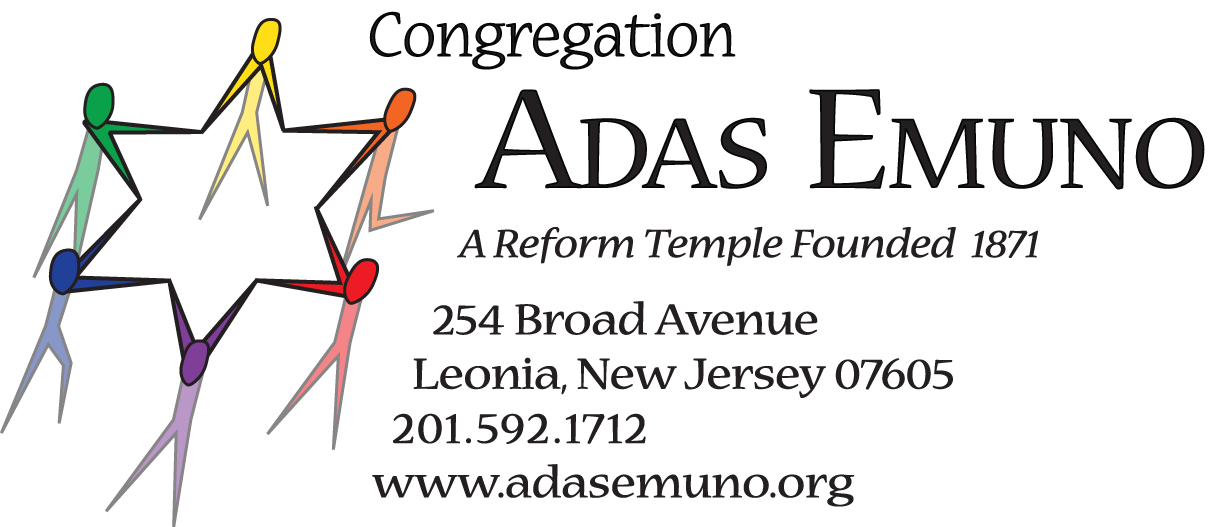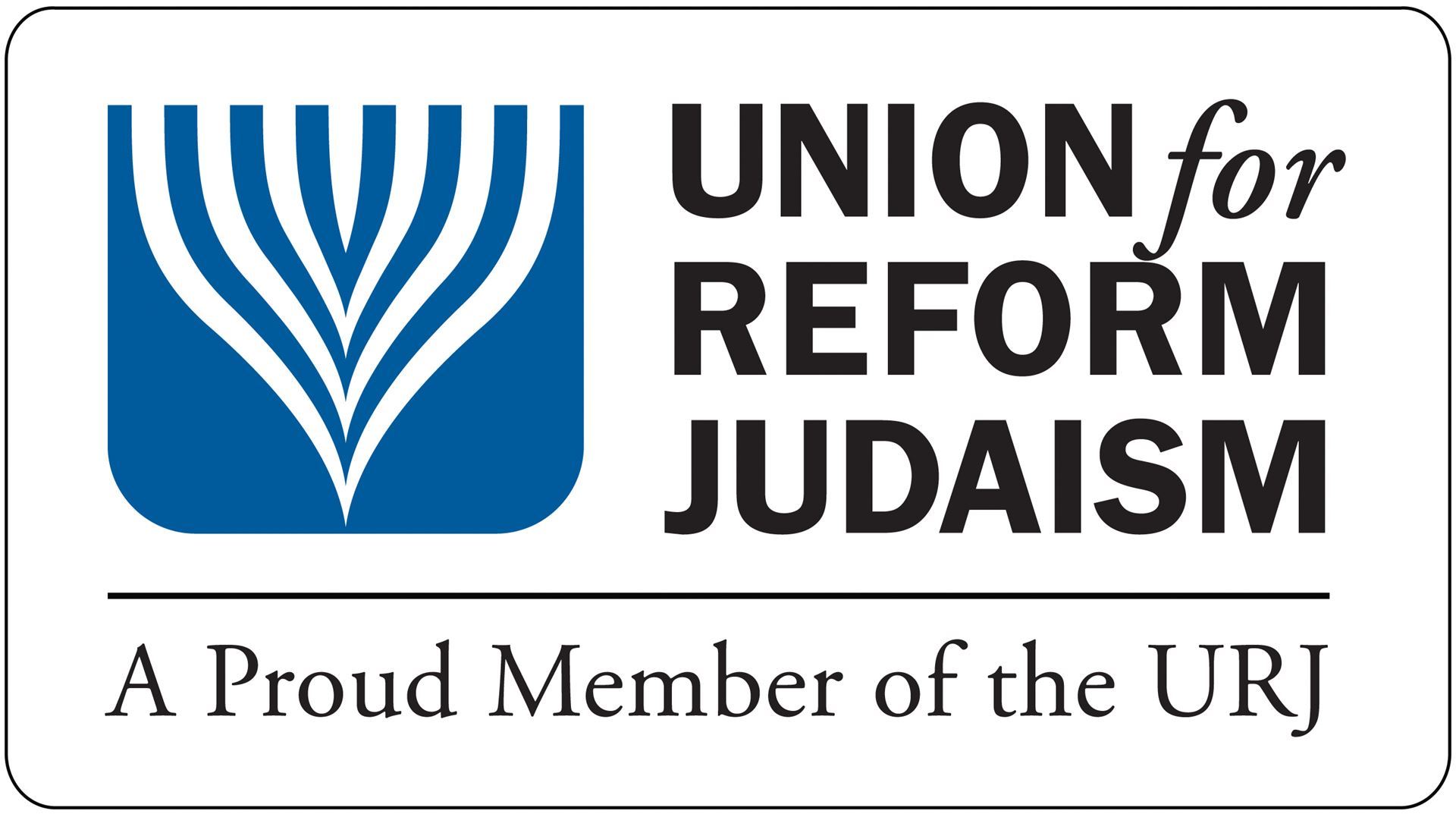TO LIFE, NOT DEATH
Kol Nidre, 5783
Rabbi Barry L. Schwartz
Is this the last Pandemic sermon I will give? I certainly hope so. This is the third High Holidays under the still lingering shadow of the plague. Two years ago, I spoke to a completely empty sanctuary. Last year I spoke to a masked congregations at 50% capacity, with no one allowed on the bimah save the cantor and myself. This year you are still masked and bimah restrictions have eased a bit but are still present. Our lives have returned to normal… but not completely. Synagogue life has returned to normal… but not completely.
As I approached this High Holidays, I thought to myself⏤another pandemic sermon? Is that what we need? Then I said to myself⏤one million Americans have died of Covid, and more are still dying. How can I not talk about it⏤again?
Pulitzer Prize winning journalist Ed Yong wrote in the
Atlantic, in a widely noted piece in March:
The sheer scale of the tragedy strains the moral imagination. On May 24, 2020, as the United States passed 100,000 recorded deaths, The New York Times filled its front page with the names of the dead, describing their loss as “incalculable.” Now the nation hurtles toward a milestone of one million. What is 10 times incalculable?”
The full title of Yong’s article: "HOW DID THIS MANY DEATHS BECOME NORMAL?" The tagline: "The U.S. is nearing 1 million recorded COVID-19 deaths without the social reckoning that such a tragedy should provoke. Why?"
Yong notes the slow-motion nature of the pandemic, unlike natural disasters or terrorist attacks, that have a quick shock and aftermath. He notes how so much of the illness and death is hidden from pubic view. He notes public weariness and the almost desperate need of people to move on with their lives, and so to accept heightened risk.
And Yong makes the unnerving point that, "America is accepting not only a threshold of death but also a gradient of death." So long as the victims are primarily old rather than young, primarily poor rather than rich, and disproportionally black and brown rather than white… we tolerate the mortality.
Yong makes a final and equally provocative point. He quotes Richard Keller, a medical historian, who says that we are treating COVID deaths, like gun violence, overdose, heart disease, and smoking, [so that COVID] becomes increasingly associated with behavioral choice and individual responsibility, and therefore increasingly invisible.” COVID, it seems, is now inevitable and its deaths, dismissible.
When I first read Yong’s piece back in March I just sat there. I remember seeing the names of the 100,000 dead, page after page. But a million? How thick would that book need to be? If we read a million names, fast and around the clock, it would take… 23 days!
What more can we say, should we say, one million lost lives later?
I’m not here to criticize. So much of that has been done already. But it certainly did not help when our president said the week before last that the pandemic is over.
With 400 people still dying every day in this country?
With 30,000 new cases every day in this country?
With 1/3 of the population still unvaccinated?
With COVID remaining the third leading cause of death?
With Omicron still mutating?
Really, the pandemic is over? And it's time to call it quits?
(Oh, and welcome back, Cantor Joe. We’re glad you and your family experienced mild symptoms, because you were vaccinated!)
I am here to convey two simple but profound truths from the 3000-year-old wisdom tradition that is Judaism:
The first teaching is called
kavod hamet⏤the dignity of the deceased. Judaism teaches that the dead should never be forgotten. We are taught to remember them in prayer; to recite their names before the Kaddish; to inscribe their names on memorial plaques. What are the two things in this sanctuary that we have brought with us from Hoboken and anchor our sanctuary 150 years later? The Torah scrolls in our ark, and the memorial plaques on our walls. The Torah keeps alive the names of our biblical founders and the plaques keep alive the names of our congregational founders (as does the wonderful
history book written for our sesquicentennial by Michael Fishbein).
Who will tell the story of the greatest tragedy of this century? How will we remember the million Americans, the five million worldwide?
The second teaching is called pikuach nefesh⏤the paramount significance of saving a life. The foundation of this life-affirming ethic is the belief that every life is precious. Every life is in the image of God. Every life is of infinite value⏤be it young or old, rich or poor, black, brown, or white.
You’ve heard the Biblical command before (and you will hear it again during the Torah reading tomorrow morning):
Choose life! You’ve heard the Talmudic verse before⏤
to save one life is to save an entire world. And you’ve heard the ruling of Jewish law, that to save a life, the Sabbath can be violated. Yom Kippur can be violated.
Can we not do more to save lives?
To relentlessly continue the campaign to educate and vaccinate?
It’s estimated that 2/3 of current Covid deaths are among the unvaccinated.
In March,
Scientific American reported that, “unvaccinated people 12 years and older had 17 times the rate of COVID-associated deaths, compared to people vaccinated with a primary series and a booster dose.”
Four hundred people still dying a day and we’re giving up the fight to convince people to roll up their sleeves?
In August we learned that the average life expectancy of Americans fell precipitously in 2020 and 2021, the sharpest two-year decline in nearly 100 years.
In 2021, the average American could expect to live only until the age of 76. The figure represents a loss of almost three years since 2019.
What a stark reminder of the toll exacted on the nation by the continuing coronavirus pandemic.
One of the leading experts in the field has called our catatonic response to the loss of human life, “psychic numbing”. Dr. Paul Slovic has written, chillingly, that after all his research he has concluded that “The more who die, the less we care.” That too, stopped me in my tracks.
Others call the phenomena “compassion collapse”.
Judaism refuses to acquiesce in this numbing. This collapse.
Every life is a world unto itself. Every soul is infinitely precious.
On this Day of Atonement let us bow our heads in remembrance.
Kavod ha met. When we recite Yizkor prayers later this afternoon let us remember the departed, though their names are too numerous to be recited.
On this Day of Atonement let us raise our heads in resolve.
Pikuach nefesh. The fight against the pandemic must go on. The fight against the creeping apathy must go on.
If every life is indeed a world unto itself, a universe of souls is at stake.
Is this the last sermon I will give on the pandemic? I hope so. But our work of remembrance and rebuilding is not done.
Our tradition also teaches, “It is not up to you to finish the task, but neither are you free to desist from it”.
May we be inscribed, by the work of our own hands, in the Book of Life!
L’chayim! To Life!
Shanah Tovah.


